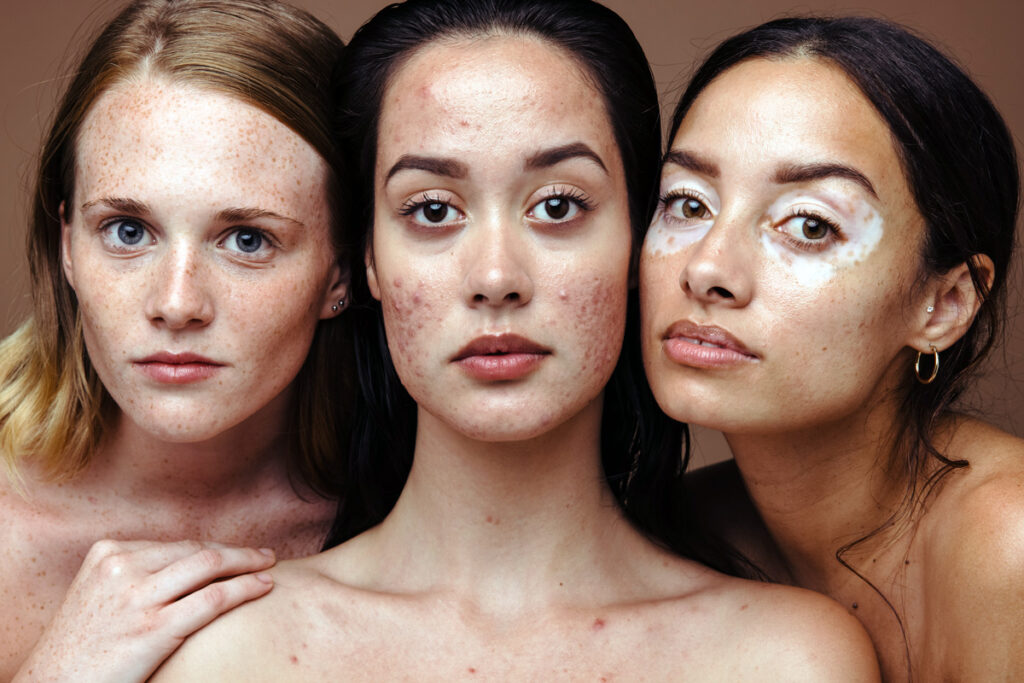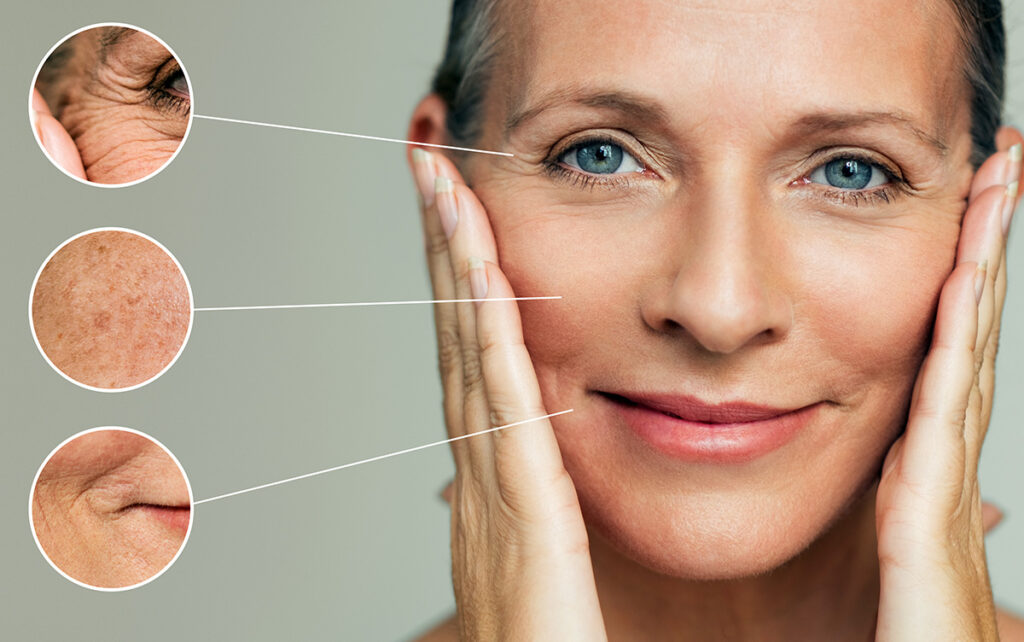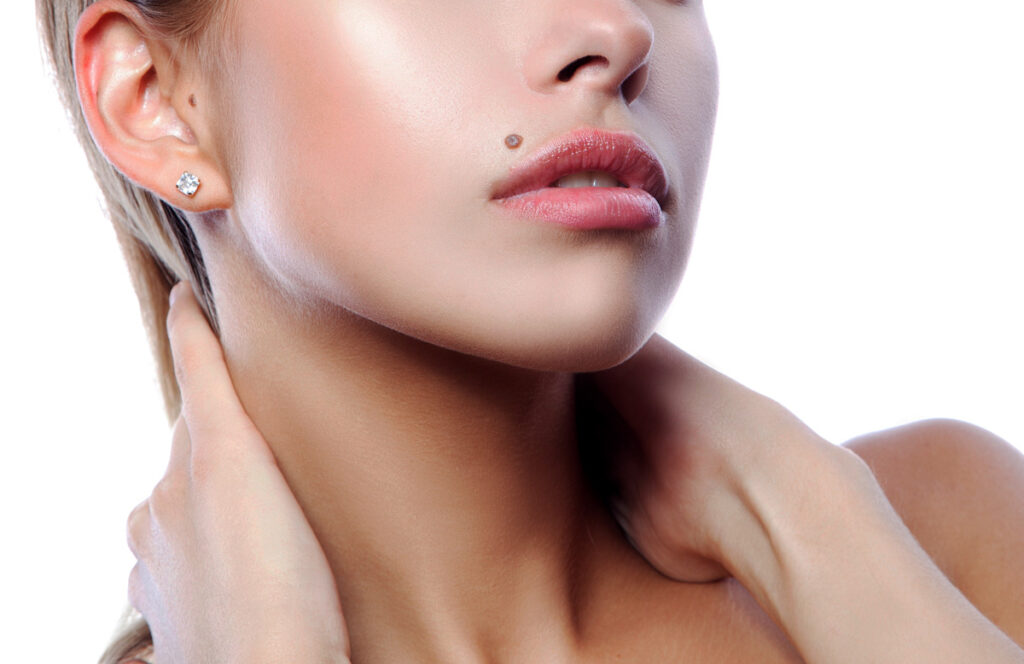Beauty Marks and Confidence: Embracing Imperfections and Redefining Standards of Beauty
In a world obsessed with perfection, it’s time to challenge the status quo and redefine our standards of beauty. Beauty marks, those unique little spots on our skin, are often seen as imperfections that should be hidden or removed. But what if we celebrated them instead?
In this article, I’ll explore the power of embracing our beauty marks and the confidence that comes with accepting ourselves as we are. Whether it’s a cute freckle on your nose or a mole on your cheek, these marks tell a story, add character, and make us beautifully unique.
Society bombards us with airbrushed images of flawless skin, leading us to believe that beauty comes in only one form. But it’s time to break free from these unrealistic standards and embrace our authentic selves. By doing so, not only do we boost our self-esteem, but we also inspire others to do the same.
Join us on a journey of self-acceptance as we flip the script on beauty and see the world through a different lens. Let’s embrace our beauty marks, celebrate our imperfections, and redefine what it means to be beautiful.
Understanding beauty marks and their significance
Beauty marks, also known as moles, freckles, or birthmarks, are unique features that add character and individuality to our appearance. Clusters of pigmented cells that form these marks can vary in size, shape, and color. While some may see them as flaws, they hold a deeper significance for those who embrace them.
These beauty marks tell a story, whether it’s a testament to our heritage, a reminder of a childhood spent under the sun, or simply a mark that sets us apart from the crowd. They are part of who we are and should be celebrated as such.
The impact of societal beauty standards on self-esteem
Society bombards us with airbrushed images of flawless skin, leading us to believe that beauty comes in only one form. From magazine covers to social media, we are constantly exposed to unrealistic standards that can have a detrimental effect on our self-esteem.
For those with beauty marks, the pressure to conform to these standards can be especially challenging. Many feel the need to hide or remove their marks in order to fit in or be considered beautiful. This constant striving for an unattainable ideal can take a toll on our mental health and overall well-being.

Redefining beauty: Embracing individuality and uniqueness
It’s time to break free from these unrealistic standards and embrace our authentic selves. Beauty should not be limited to a narrow definition but should encompass the diversity and uniqueness that exist in each of us. By embracing our beauty marks, we redefine what it means to be beautiful.
When we celebrate our imperfections, we show the world that beauty comes in all shapes, sizes, and forms. Our beauty marks are a part of our identity, and by accepting them, we embrace our individuality and the stories that they tell.
The journey to self-acceptance: Building confidence and self-love
Embracing our beauty marks is not always an easy journey. It requires a shift in mindset and a reevaluation of the standards we have been conditioned to believe in. But the rewards are worth it.
By accepting and loving ourselves as we are, beauty marks and all, we build a foundation of confidence that radiates from within. We no longer seek validation from others but instead find validation from within ourselves.
The beauty industry and the shift toward inclusivity
Thankfully, the beauty industry is slowly but surely shifting towards a more inclusive definition of beauty. More brands are featuring models with diverse skin tones, body types, and beauty marks in their campaigns. This shift is not only empowering for those with beauty marks but for everyone who has ever felt excluded or unseen.
By embracing diverse beauty marks, the industry is sending a powerful message that beauty should not be confined to a single standard. It is a step towards a more inclusive and representative beauty culture that celebrates the uniqueness of each individual.
Representation matters: Celebrating diverse beauty marks in media
Media plays a crucial role in shaping societal perceptions of beauty. When we see individuals with beauty marks being celebrated and embraced in movies, TV shows, and advertisements, it sends a powerful message that our marks are not flaws to be hidden but features to be celebrated.
By increasing representation, we normalize beauty marks and create a more accepting and inclusive society. It’s time for media to reflect the true diversity of beauty and inspire others to embrace their own unique features.
Beauty tips and tricks for embracing imperfections
If you’re ready to embrace your beauty marks and redefine your own standards of beauty, here are some beauty tips and tricks to help you along the way:
1. Highlight, don’t hide: Instead of covering up your beauty marks with heavy makeup, use a light touch to enhance their natural beauty. Embrace a more natural look and let your marks shine through.
2. Skincare is key: Taking care of your skin is essential to maintaining a healthy and radiant complexion. Invest in quality skincare products that nourish and protect your skin, including your beauty marks.
3. Confidence is key: Remember that true beauty comes from within. Embrace your beauty marks with confidence and let your inner light shine.
Inspiring stories of individuals who have embraced their beauty marks
Throughout history, there have been countless individuals who have embraced their beauty marks and paved the way for a more inclusive definition of beauty. Their stories serve as a reminder that our marks are not flaws but unique features that make us who we are.
From Marilyn Monroe’s iconic beauty mark to Cindy Crawford’s signature mole, these individuals have shown the world that beauty comes in all forms. Their confidence and self-acceptance inspire us to embrace our own beauty marks and redefine our own standards of beauty.
Embracing imperfections and promoting a more inclusive definition of beauty
Beauty marks are more than just spots on our skin. They are symbols of our individuality and a reminder that true beauty lies in our uniqueness. By embracing our beauty marks, we challenge societal norms and redefine what it means to be beautiful.
It’s time to celebrate our imperfections and promote a more inclusive definition of beauty. Let’s embrace our beauty marks, tell our stories, and inspire others to do the same. Together, we can create a world where beauty knows no bounds and where everyone feels seen, accepted, and celebrated for who they truly are.

Related Topics and Answers about Beauty Marks
what is the difference between a mole and a beauty mark?
A mole is a dark spot on the skin, usually round or oval in shape, caused by pigment cells. Beauty marks are smaller, darker spots on the skin that may be caused by cells that produce melanin, the pigment that gives skin its color. Beauty marks are usually found on the face, neck, or shoulders.
Moles are usually larger than beauty marks, and they tend to be darker and raised above the surface of the skin. They may also contain hair, which is not the case with beauty marks. Moles are usually more symmetrical in shape, while beauty marks are usually irregular.
What is a beauty mark on the face?
A beauty mark is a small mole or dark spot on the face. It can be seen as a beauty enhancement, as many people believe they add character and charm to the face. Beauty marks are also known as ‘freckles’ or ‘birthmarks .
‘Since beauty marks are generally small and dark in color, they can be used to create contrast and draw attention to other features of the face. They are often seen as attractive and can help to accentuate the natural beauty of someone’s face.
What is considered a beauty mark?
A beauty mark is a small spot on the face or body that is considered attractive and is often associated with enhanced beauty. These marks can be birthmarks or moles and may be naturally occurring or artificially created. Beauty marks are often used in makeup as well.
The term “beauty mark” is used to describe a spot that is considered to be aesthetically pleasing. It is thought to add a touch of charm and uniqueness to an individual’s appearance, and some people may even consider it to be attractive.
What is the difference between a birthmark and a beauty mark?
Birthmarks are usually present at birth or appear shortly afterward, while beauty marks occur later in life. Birthmarks are usually darker in color and larger in size than beauty marks, and they are usually located on parts of the body not typically exposed to the sun.
Beauty marks are small and lighter in color and are usually found on the face, neck, or shoulders. Birthmarks are typically caused by pigmentation differences in the skin, while beauty marks are usually caused by excessive sun exposure. Birthmarks tend to be permanent, while beauty marks can fade over time.
What is the meaning of a beauty mark?
A beauty mark is a small mark or dark spot on the skin. It is often seen as a sign of beauty and can be found on the face, neck, arms, or other areas of the body. It is believed to be a sign of attractiveness and has been used as a fashion accessory for centuries. It is also referred to as a mole, birthmark, or beauty spot. Some people choose to have a beauty mark tattooed on, while others may highlight their existing beauty mark with makeup.
The first people to use beauty marks as a fashion accessory were the French in the 16th century. Today, beauty marks are still seen as symbols of beauty and can be used as an accessory to enhance one’s appearance. It is also seen as a sign of distinction and can be used to make a fashion statement.
What is the purpose of a beauty mark?
A beauty mark is a small, dark spot on the skin, usually found on the face. It is believed to enhance a person’s attractiveness, as well as serve as a unique identifier. Beauty marks have been popularized by celebrities and are often considered a fashion statement. They can also be used to hide a scar or blemish or add symmetry to a face. Beauty marks are a form of individual expression and can be seen as a sign of beauty.

